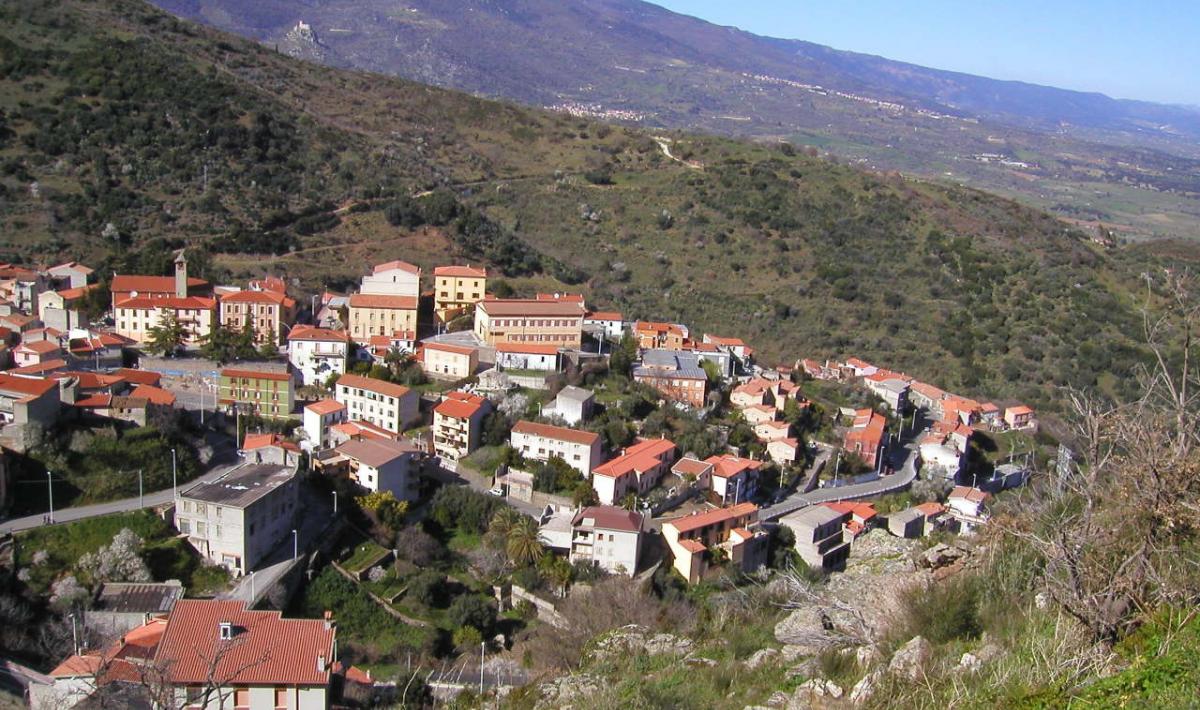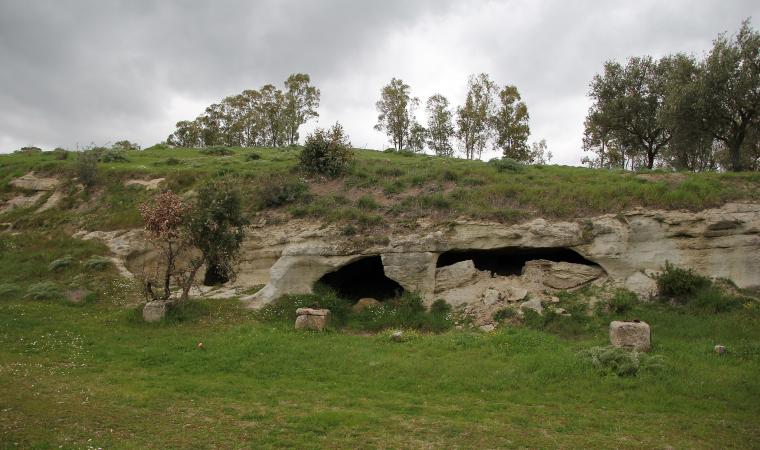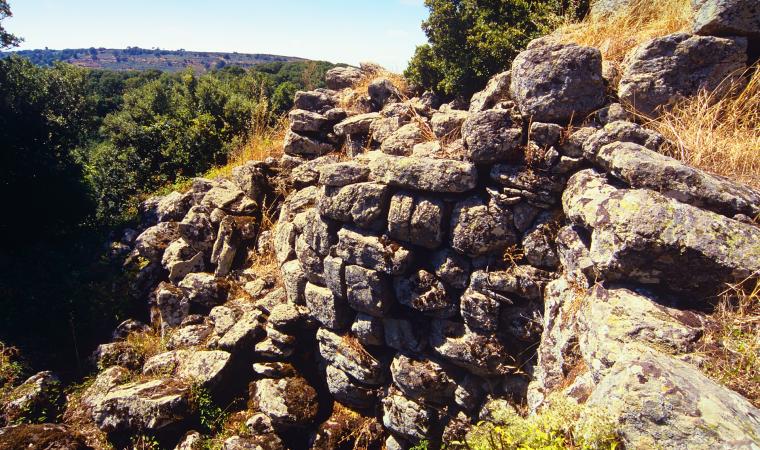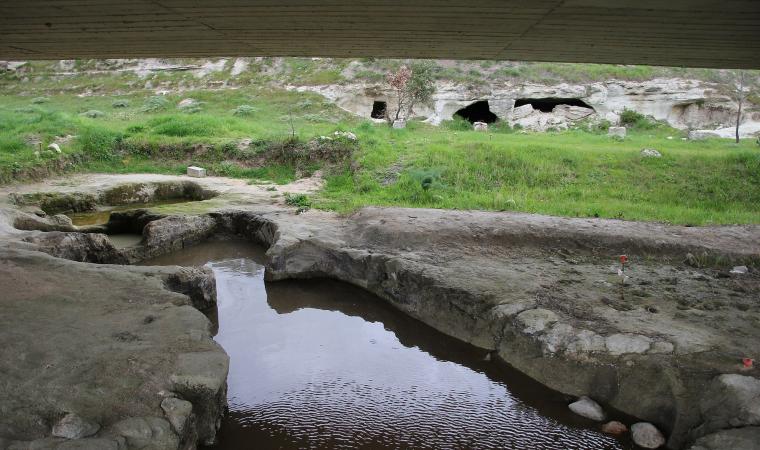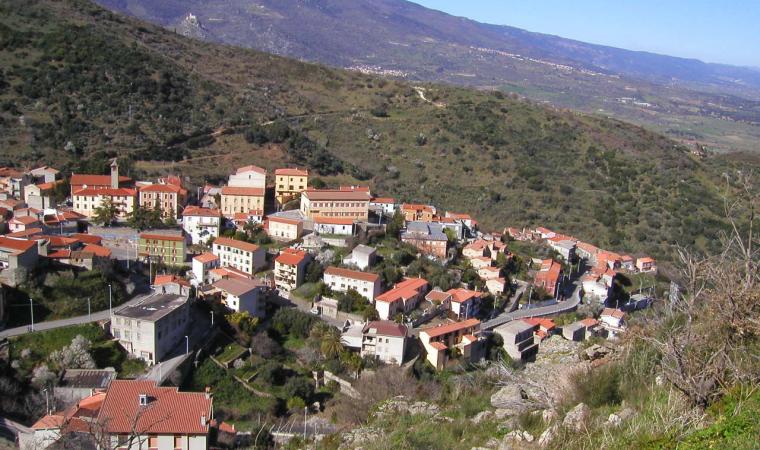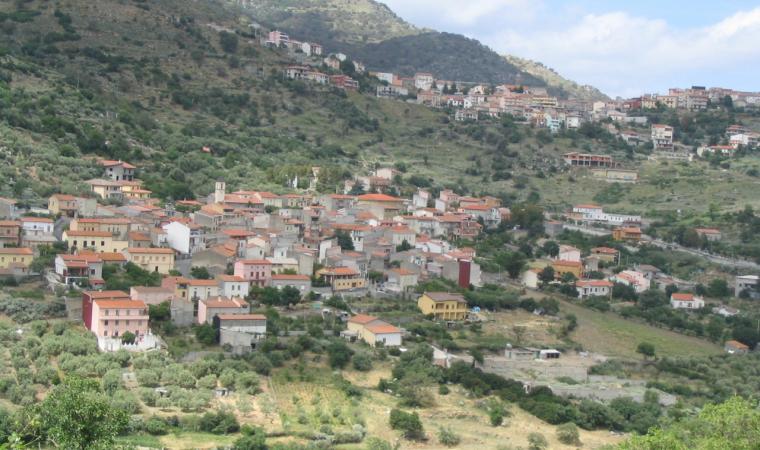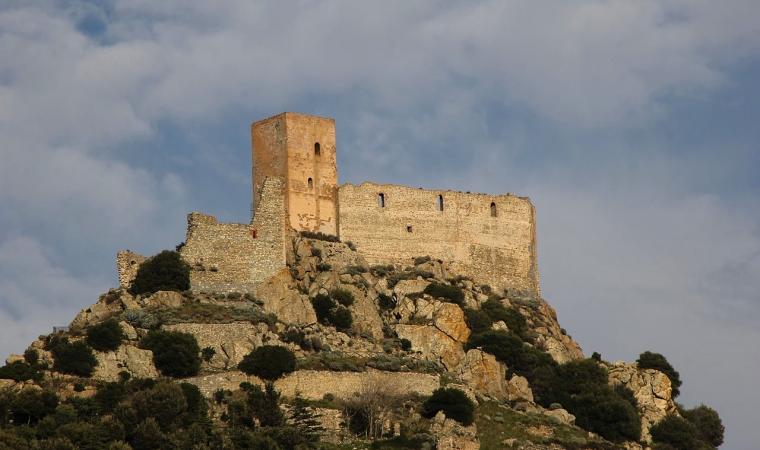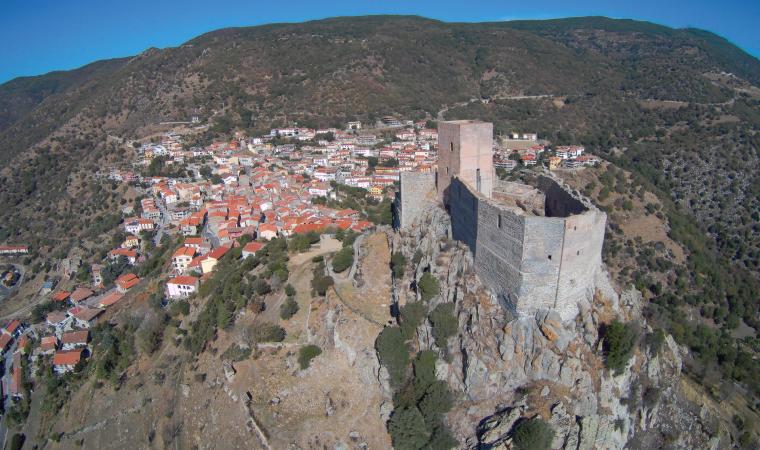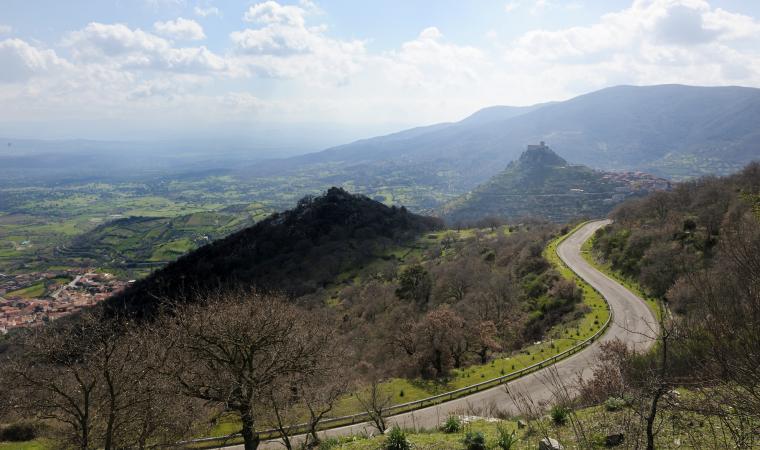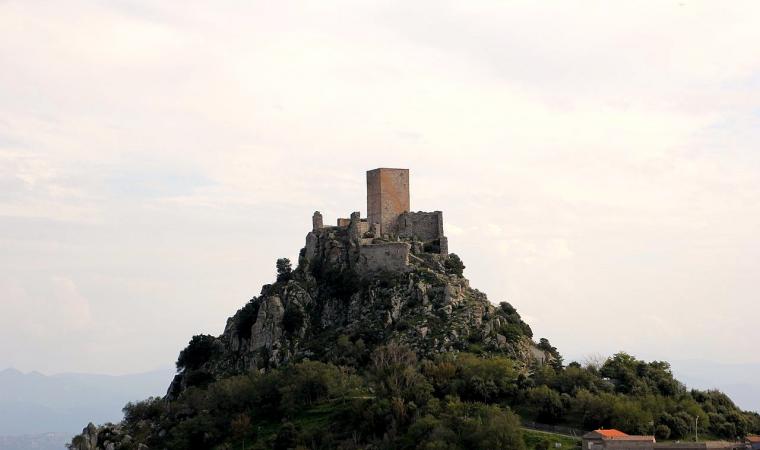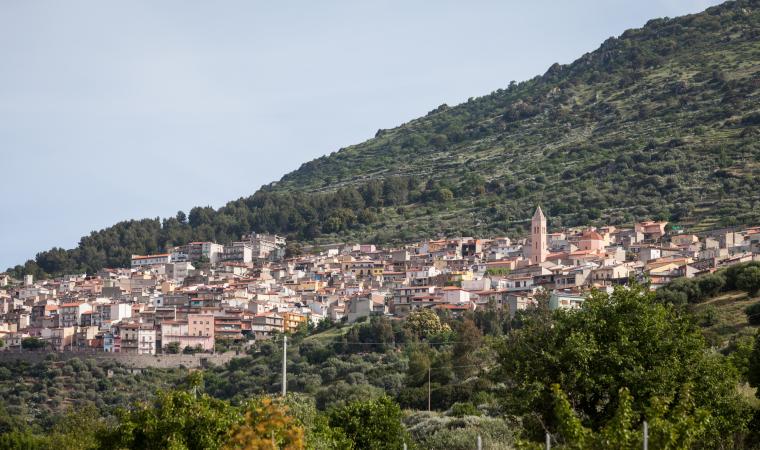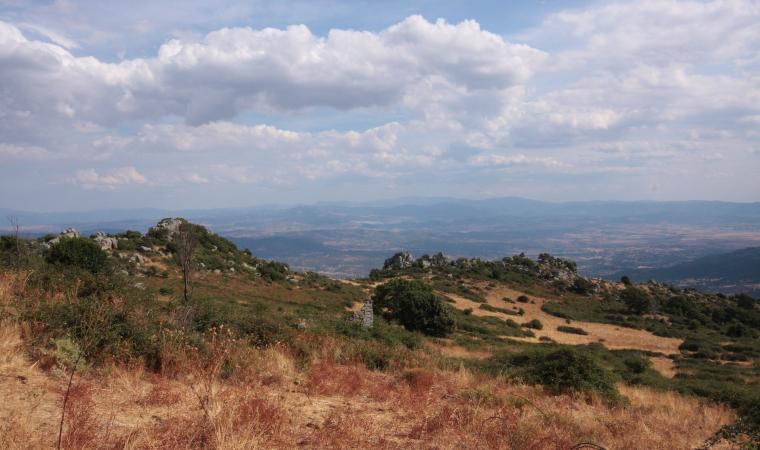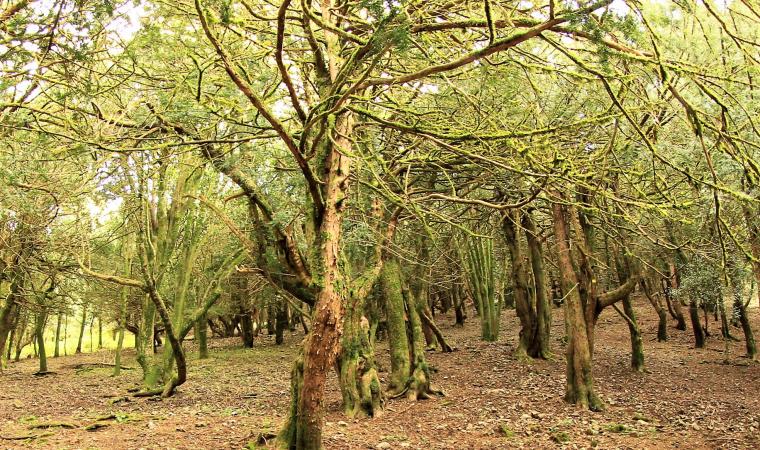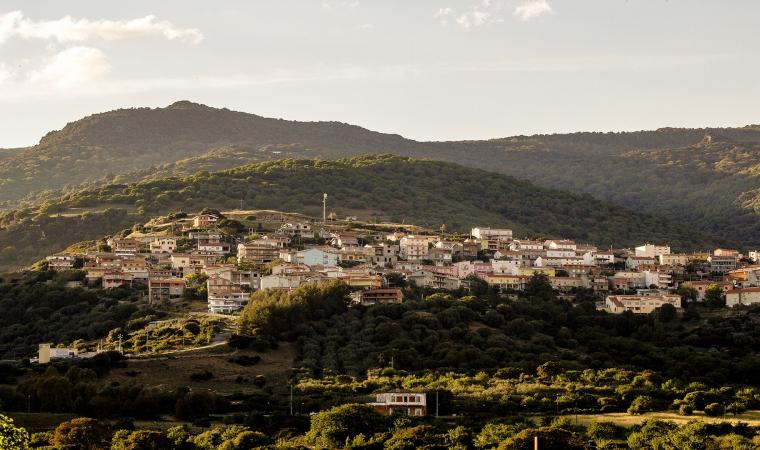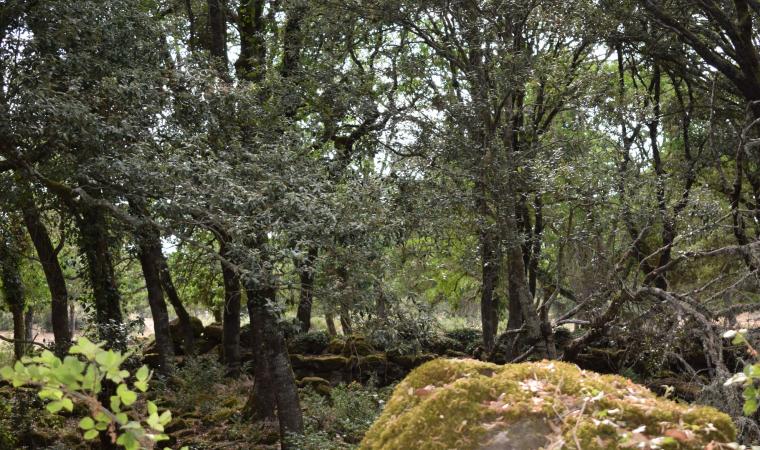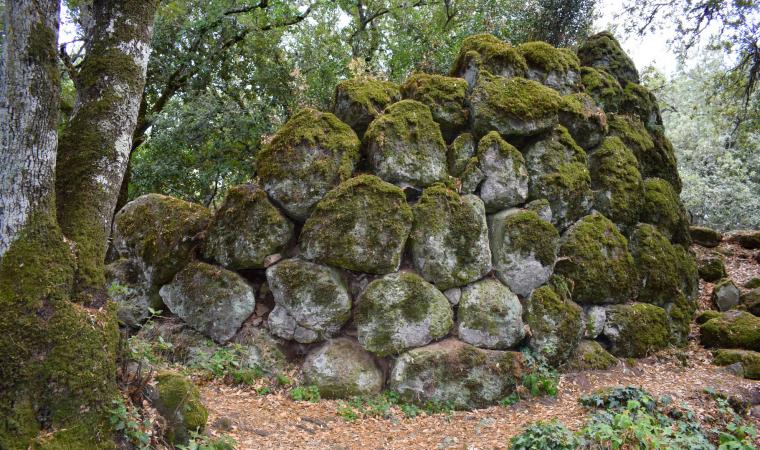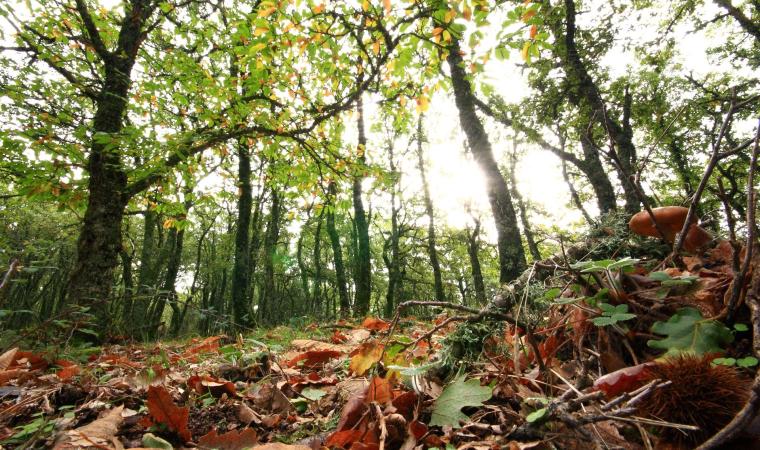It reaches 500 metres in altitude on the elevation of the Goceano, wet from the upper flow of the Tirso. A quaint and historic town with 900 inhabitants, Illorai is a fertile territory with a great natural and archaeological heritage. At the heart of the village is the Parrocchiale di San Gavino, a church that preserves precious mosaics and statues of the patron saint (celebrated at the end of October) and of Santa Barbara from the long-lost village of Bortiocoro. In the countryside, are three churches dedicated to the Madonna della Neve, two of which are now deconsecrated - including one from the 17th century - and a sanctuary from 1978, where the ‘festa lunga’ (long party) is celebrated twice a year (Monday after Pentecost and in early August), preceded by novenas of the faithful. Thick woods interspersed with meadows cover the Bassu and Artu mountains, and the state property managed by the zootechnical-dairy institute. Here stands the Parco di Iscuvudè, a luxuriant forest of centuries-old oak varieties, holly and cherry trees. Sa Cariasa is known for the size of its oaks. At the end of the ‘trail of big trees’ in Melabrina is one considered to be the largest in Europe - at twelve metres in circumference and 25 in height. Sos Banzos features thermal springs similar to the Aquae Lesitanae of Benetutti, beneficial for rheumatic aches and pains.
The territory was inhabited since the Neolithic period, as confirmed by the Molìa Necropolis, a complex of nine Domus de Janas, excavated in a hill of tufa and dating back to the 3rd millennium BC. The Tombs I, composed of a Dromos and a large antechamber painted red and followed by eleven chambers, and Tombs VII with a corridor and 16 chambers also bears decorations in red paint and carved architectural elements, similar to the ‘Tomba del Capo’ of the necropolis Sant’Andrea Priu in Bonorva. The best-preserved artefact from the Bronze Age is the Nuraghe Lucche, a single tower with a tholos (false dome) covering. Three niches open up in the central chamber, which has a staircase and guard-gate. The outer walls are in perfectly-arranged blocks of trachyte. Nearby are the remnants of circular huts, perhaps of a later age. Amongst the Nuraghe complex stands the imposing Iscretti, which preserves the remains of a two-storey central tower and lateral towers. Nearby, a sacred spring was discovered. Amongst the numerous Nuragic finds, there is a bronze ox safeguarded at the Museo G.A. Sanna in Sassari. Dating back to the Roman era is the initial structure of the Pont’Ezzu, the ‘old bridge’ (or ‘devil’s bridge’). Over the centuries, it underwent various renovations, taking on its current appearance in the 12th century, thanks to the Pisans. In the Middle Ages, the slender structure with three arches - the central one having a pointed arch and measuring 50 metres - was perhaps the only connection not only between the banks of the Tirso, but also amongst the four Sardinian Giudicati.

